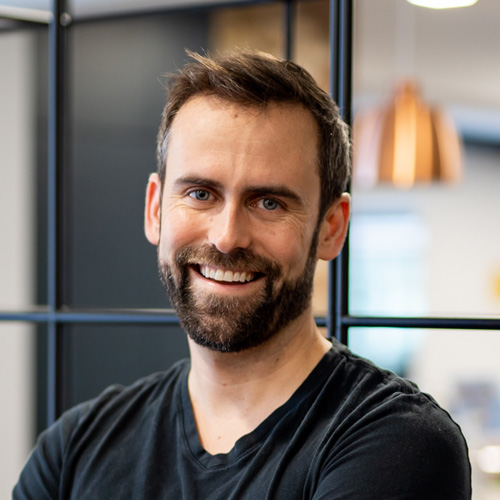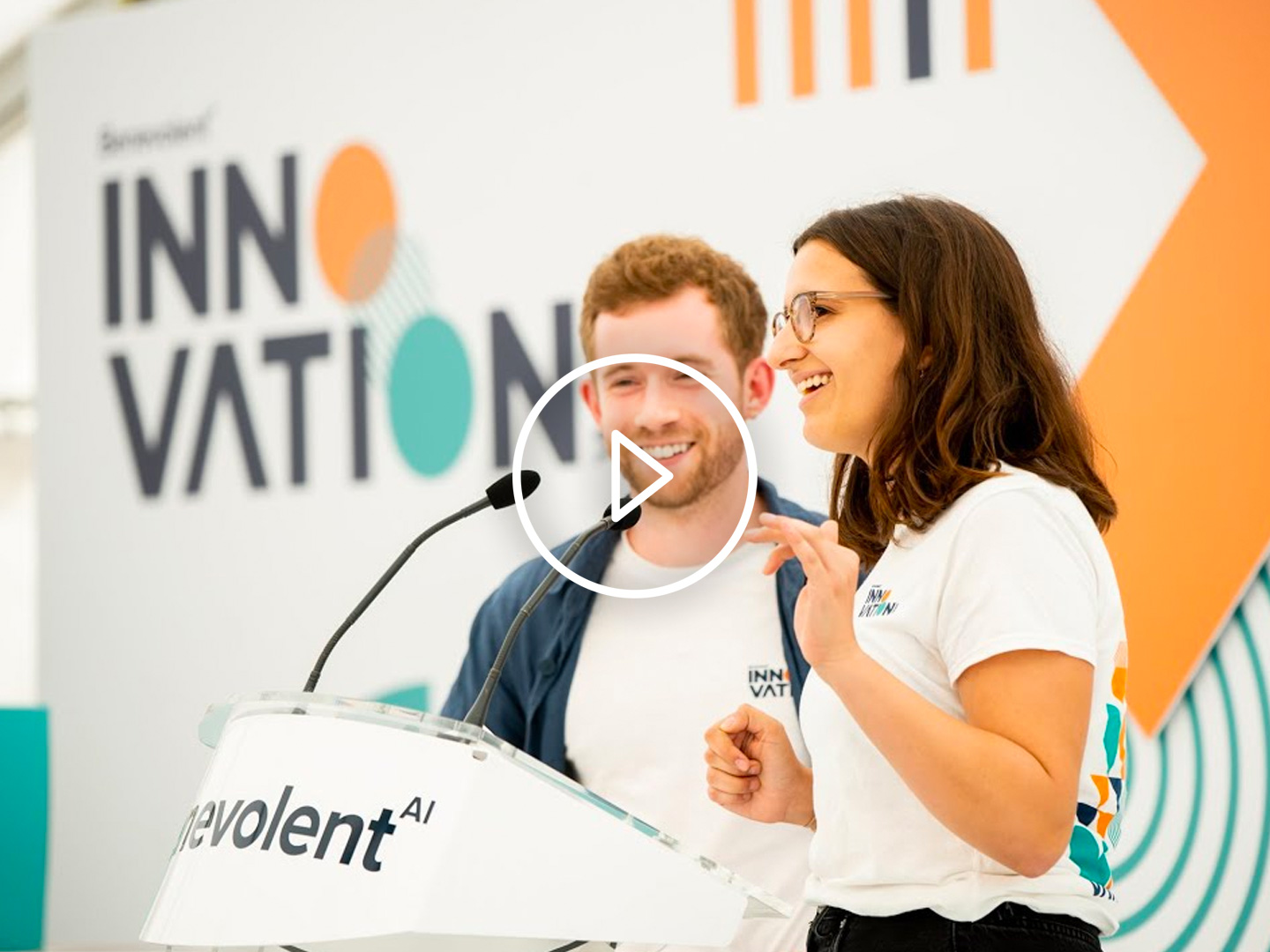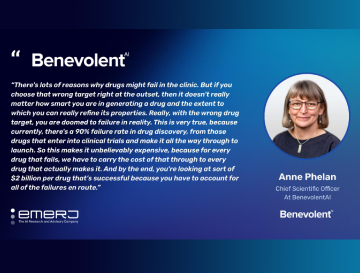 CTO
CTO
The AI / ML and biotech industries progress incredibly fast as new data and tech approaches constantly come on stream. Take human genetic data as an example. In the nine years since BenevolentAI was founded, the number of human genomes sequenced has increased from 200,000 to over 30 million — jumping two orders of magnitude in less than a decade. So, we as a company have to ensure that while we are delivering on our ambitious current objectives, we are also enabling innovation that can unlock new opportunities and future growth. Here are the four guiding principles we use to enable continuous innovation.
Create an intentional selection of innovation approaches
Fundamentally, there is no perfect recipe for innovation. Some projects need detailed time spent iterating directly with products to understand what works and what doesn’t; other projects require space and freedom to consider radical ideas that can fundamentally transform our platform. Our approach is governed by three competing considerations: risk, effort, and autonomy. You can choose two: we may sponsor a high-risk innovation with easy approval, but it will only involve a small number of people. To endorse a large effort, which may involve the coordination and alignment of dozens of teams, the project needs to be a surer bet.
To resolve this, we have intentionally created multiple streams for innovation, optimised differently. At one end of the spectrum, we encourage the team to use personal development time to incrementally explore potential new ideas. At the other end, we allocate space in our product development for substantial team efforts that require a higher investment of time, space, and human resource, but that can clearly benefit the business.
Set the criteria for success and make it okay to fail
In order to innovate, you have to take risks. It’s essential to be clear with what you hope to achieve at the start, laying out the criteria for success. Inevitably, not all of these ideas will pan out, though, and appreciating what does not work is just as important as building what does. What is important is to 'fail fast', to test and quickly rule out the ideas that do not work, rather than going too far down the wrong path. This is why additional approaches like Innovation Week prove so effective. By allowing people to step outside of their day-to-day work for five days, we can give incredible autonomy to pursue bold new ideas, while placing limits on the risks.
Enable innovation at the intersections
The greatest innovations happen in the spaces where different specialised disciplines or cultures meet. People with extensive training in one specific field have been taught to think, talk, and act differently than someone with deep knowledge and expertise in a different discipline. When these different perspectives collide, we see our own ideas in a different light, or can form entirely new ideas.
However, interdisciplinary working is not without its challenges. Different ways of thinking can cause friction and misunderstanding, so you have to consciously create a culture that helps people work effectively together. It’s essential to create clear goals, an openness to being challenged, and a shared language - one that clarifies specific disciplinary terms that others might not know, and also ensures that their shared words have shared meaning. Above all, though, human connection lies at the heart of interdisciplinary success, as projects always progress more smoothly if people get along well. This involves hiring the right people with the same values: I look for people who are driven, intensely curious, kind, and good problem solvers. I find these characteristics set up teams for success, and support the collaboration we need to innovate effectively.
Motivate with a mission that matters
We bring together the best of technology and drug discovery in the service of our vision to build a healthier world where no disease goes untreated. This long-term, challenging mission sustains our continued quest for new ideas, and can be a powerful motivator for innovation.
In one prominent recent example in response to the escalating COVID-19 crisis in late January 2020, a small dedicated team developed new workflows that allowed us to uncover an approved rheumatoid arthritis drug called baricitinib, which is owned by Eli Lilly, as a potential COVID-19 treatment in just 48 hours. After publishing in The Lancet, our hypothesis was verified in clinical trials, and baricitinib has since gone on to save thousands of lives.
This mission to make a positive impact on human health is what drives us all at BenevolentAI, inspiring us to keep pushing the boundaries of AI, to unlock the power of decades of data and research, better understand disease and develop new treatments for patients in need.

Watch our Innovation Week video for a peek into how the week played out
“Innovation week is about challenging and shaping the future. It’s about pushing the boundaries of AI, biology, precision medicine, data science and chemistry to develop better treatments for the patients who need them.”
Back to blog post and videos




